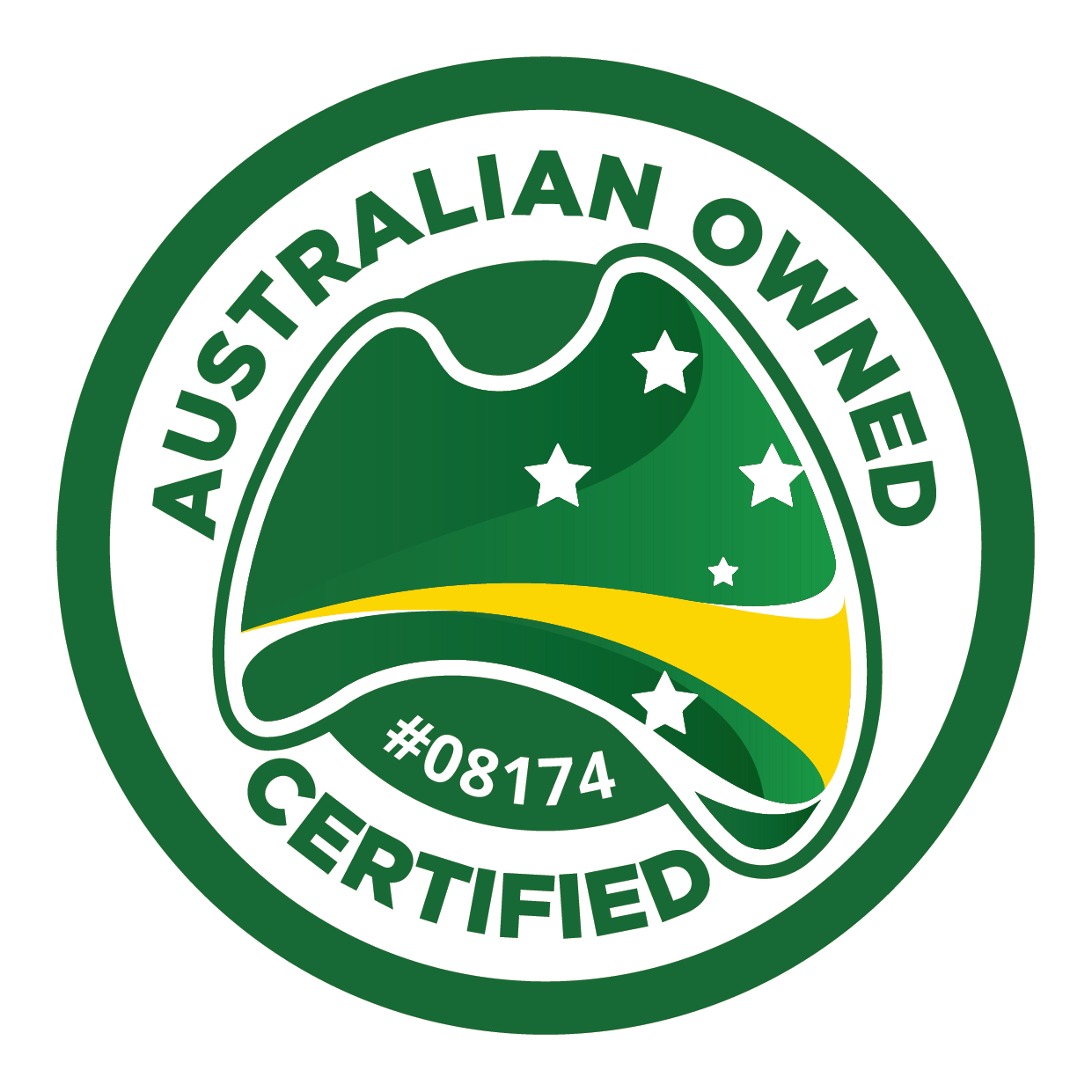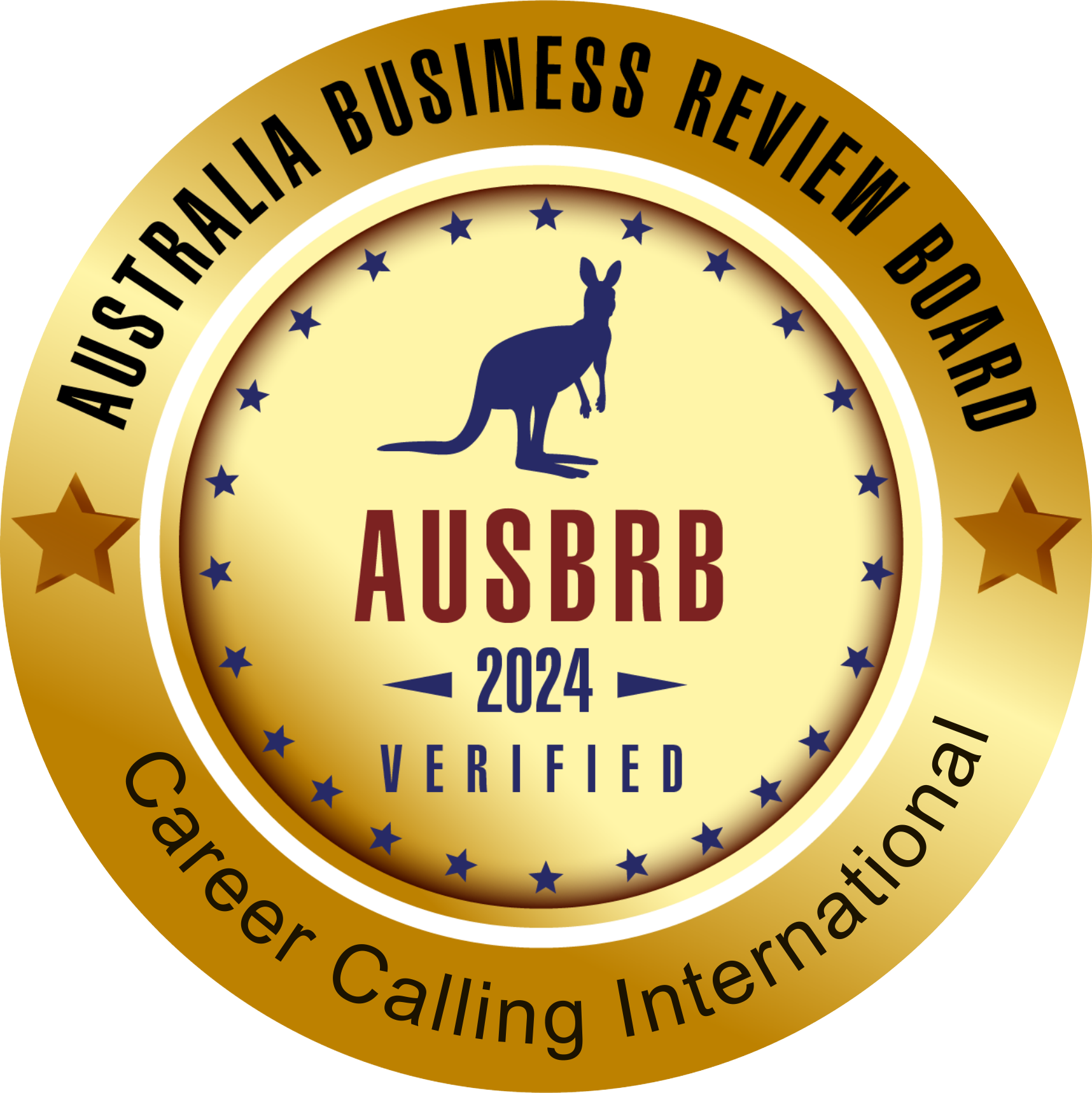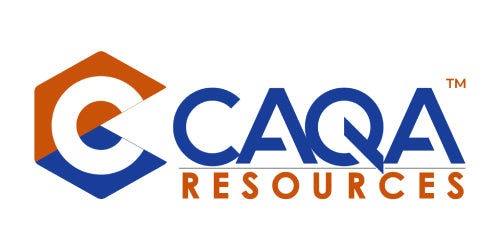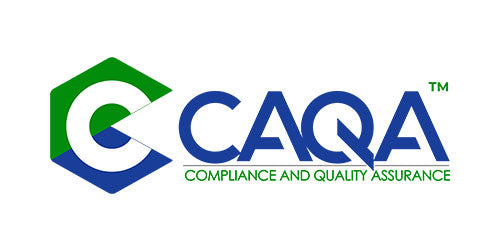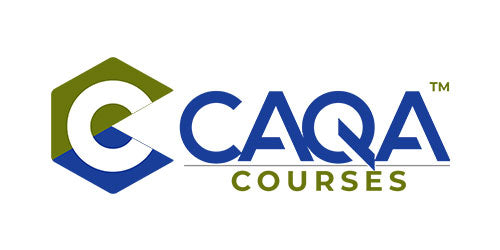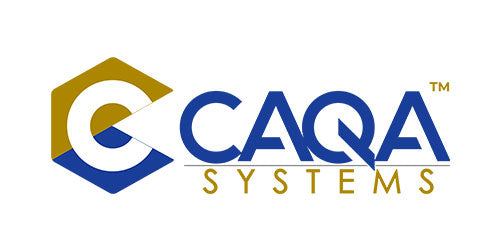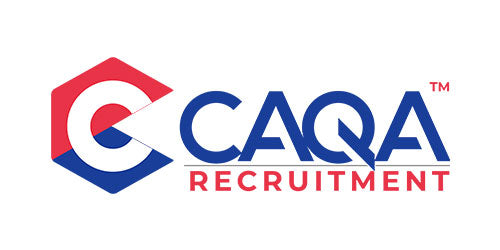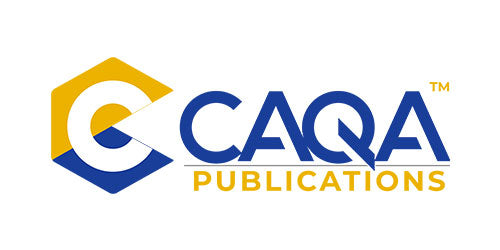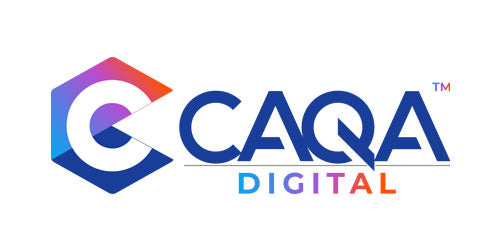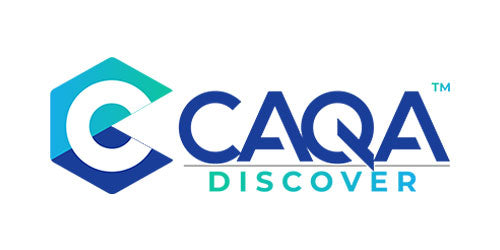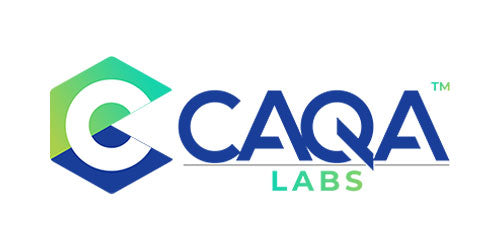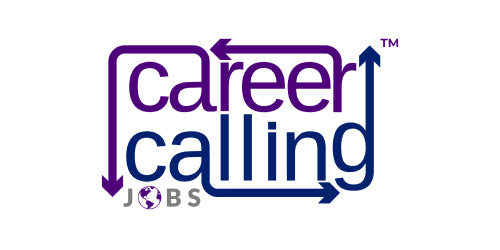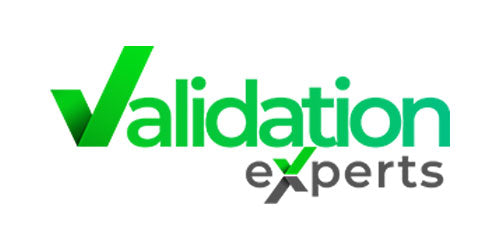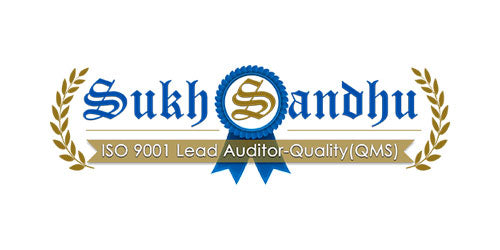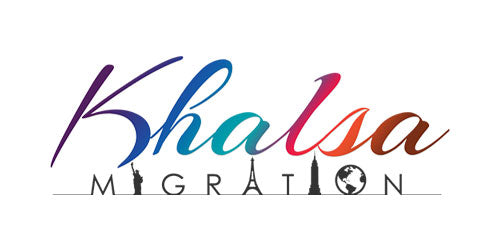How to become a Registered Training Organisation in Australia.
There are a number of requirements that need to be met in order to become a Registered Training Organisation (RTO) in Australia. These include:
- having a business name and ABN
- being a legal entity in Australia
- having appropriate insurance cover
- having a physical presence in Australia
- having suitably qualified staff
- having robust policies and procedures in place
- having appropriate financial standing
Have appropriate resources, including staff, facilities and equipment, to deliver the training and assessment services it intends to offer;
What is a Registered Training Organisation (RTO)?
The term "RTO" refers to a company that provides nationally accredited vocational education and training (VET). RTOs are approved by a regulatory body.
Traditional vocations, advanced technical training, para-professional and professional studies as well as pre-employment and basic skills programs are all offered by RTOs in Australia. It is possible for RTOs to be owned by the government (state or territory) or by a private company. The training.gov.au website, which took the role of Australia's former National Training Information Service (NTIS) and now lists all of Australia's registered training organisations (RTOs) and the qualifications they are authorised to deliver, is a national register for VET.
Until an organisation is registered and listed on the national register, training.gov.au, it cannot promote, offer to provide, deliver, or assess VET courses. Unless you are a registered RTO, it is an offence to advertise or provide VET services.
Choose your industry
Choosing your industry is an important first step, as different industries have different requirements for RTOs. For example, some industries may require you to have specific qualifications or experience in order to be registered. Researching the requirements thoroughly will help you ensure that you are able to meet them and increase your chances of being successful in your application for registration.
Once you have chosen your industry and researched the requirements, you will need to prepare your application for registration. This will involve providing evidence that you meet the registration requirements, such as qualifications, experience and insurance.
Research the Australian Vocational Education and Training (VET) system and industry you would like to operate in
The second step in becoming an RTO is to conduct industry research. This will help you understand the training landscape and what is required to become an RTO. You will need to consider:
- The type of training you want to offer
- The needs of the target market
- The regulatory environment
- The competition
Once you have a good understanding of these factors, you can start the process of becoming an RTO. This involves registering with the National VET Regulator and meeting all the quality standards.
This research will help you to develop a clear plan for your RTO, and will ensure that you are aware of all the requirements that need to be met.
Develop your business plan
Once you have researched the VET system, you will need to develop a detailed business plan for your RTO. Your business plan should outline your RTO’s purpose, goals, and strategies. It should also include a marketing plan, financial projections, and a quality management system.
Develop your training and assessment strategies, systems, products and services
The next step in becoming an RTO is to develop your training and assessment strategies, system, products and services. You will need to identify the needs of your target market and design your products and services accordingly. It is important that your products and services meet the Australian Qualifications Framework (AQF) standards. You can find more information on the AQF website. Organisations such as CAQA Resources can help you to develop your training and assessment strategies, products and services.
For more information, please refer to:
Prepare your application, click here.
Requirements and responsibilities, click here.
RTO application assessment, click here.
Guide to current ASQA fees and charges, click here.
Meet the requirements for registration: Demonstrate compliance with regulatory requirements and registration with the regulatory body
In order to meet these requirements, RTOs must also be able to demonstrate their compliance with the Standards for Registered Training Organisations (RTOs) 2015. These standards are designed to ensure that RTOs deliver quality training and assessment services that meet the needs of industry and learners.
Your organisation will need to have:
- a business structure and management processes that support the delivery of high quality training and assessment services
- well trained and qualified staff who are able to deliver quality training and assessment services
- appropriate facilities, equipment and training and assessment resources to enable the delivery of high quality training and assessment services
- systems and processes in place to monitor and review the quality of training and assessment services delivered by the RTO.
Apply for registration with the relevant authority
Once an organisation has met all of the necessary requirements, they can then apply for registration with the Australian Skills Quality Authority (ASQA). ASQA is the national regulator for the vocational education and training (VET) sector in Australia.
Registration with ASQA is not automatic and organisations must provide evidence that they meet all of the necessary requirements. Once an organisation has been registered, they will be issued with an RTO number which must be displayed on all of their marketing materials.
Be audited by the regulatory body
After you have been registered, ASQA will conduct an audit of your RTO to ensure that you are complying with the Standards. This audit may involve on-site visits, interviews with staff and students, and a review of your documentation and records. You will need to address any non-compliance issues that are identified during the audit.
Maintain your registration
If your application is successful, you will be issued with an RTO registration number which allows you to operate as an RTO in Australia. You will also be subject to ongoing monitoring and reporting requirements to ensure you continue to meet the standards for registration. This includes keeping up to date with any changes to the Standards, and ensuring that your RTO continues to meet all of the requirements. ASQA may conduct audits or reviews at any time, and you may be deregistered if you are found to be non-compliant.
Becoming an RTO in Australia is a complex process, but it is possible to do if you are willing to put in the hard work.
We hope this article has been helpful in outlining the steps that need to be taken in order to become a registered training organisation in Australia. If you have any further questions, please don't hesitate to contact us.
















